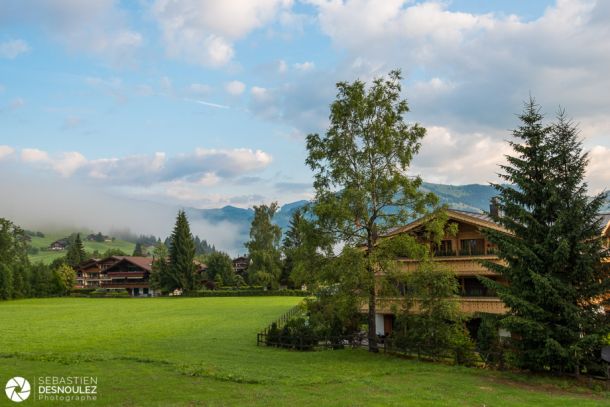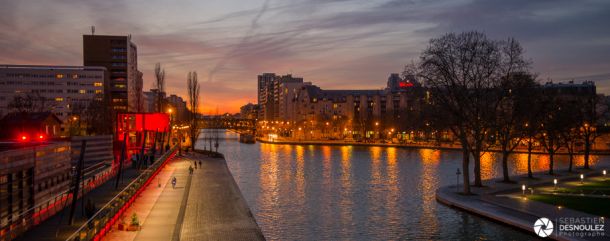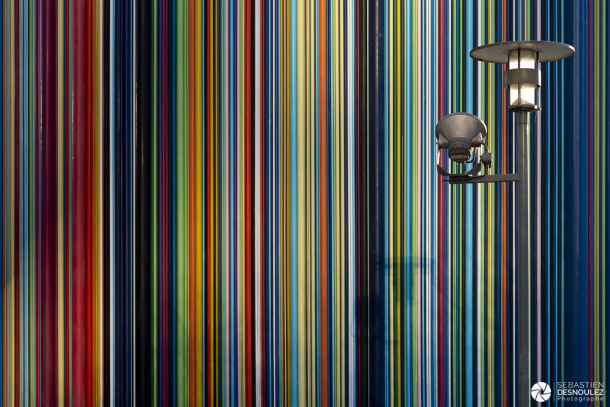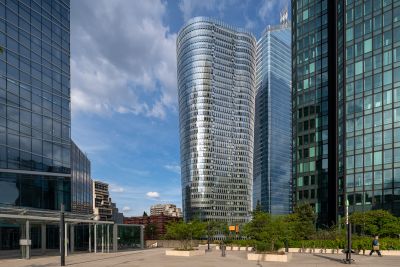
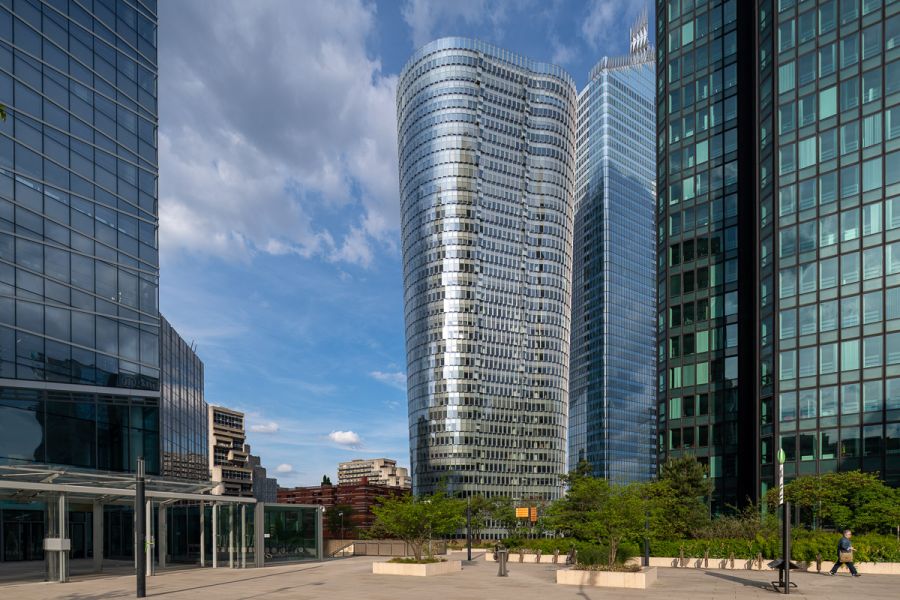
Architectural Photography: Why Use a Tilt-Shift Lens?
In architectural photography, everything comes down to lines and perspective. As soon as you run out of space, façades start to lean, buildings fall backwards and foregrounds become disproportionately large. A tilt shift lens (used here mainly for its shift function) lets you correct verticals at the time of capture, without relying on heavy software corrections or generative AI, so you can create precise, legible images that fully reflect your intent.
Summary
- Perspective issues in architectural photography
- Principle and function of a tilt-shift lens
- Tilt-shift lenses available from Nikon and Canon
- Software-based perspective correction
- Technical and creative advantages
- A tool for professional panoramas
- FAQ: tilt shift lenses for architectural photography
Perspective issues in architectural photography
Photographing a building in its entirety is a challenge—especially in cities where space is limited. Without a tilt-shift lens, the photographer is often forced to tilt the camera upwards, resulting in exaggerated converging lines and vertical distortion of the structure.
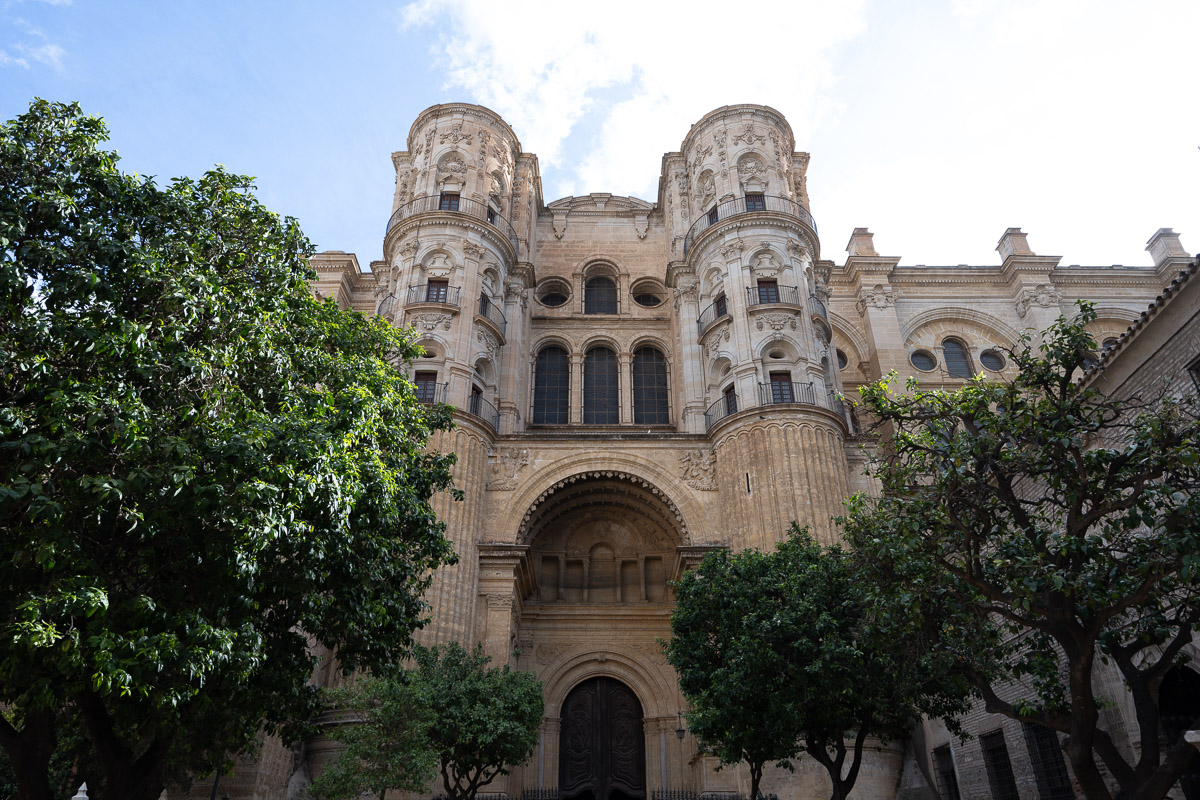
Example of upward-tilted photography – Cathedral of Malaga – Photo © Sebastien Desnoulez
Using an ultra wide-angle lens doesn’t necessarily solve the issue: while you avoid tilting the camera, you often introduce a dominant foreground that can disrupt the composition.
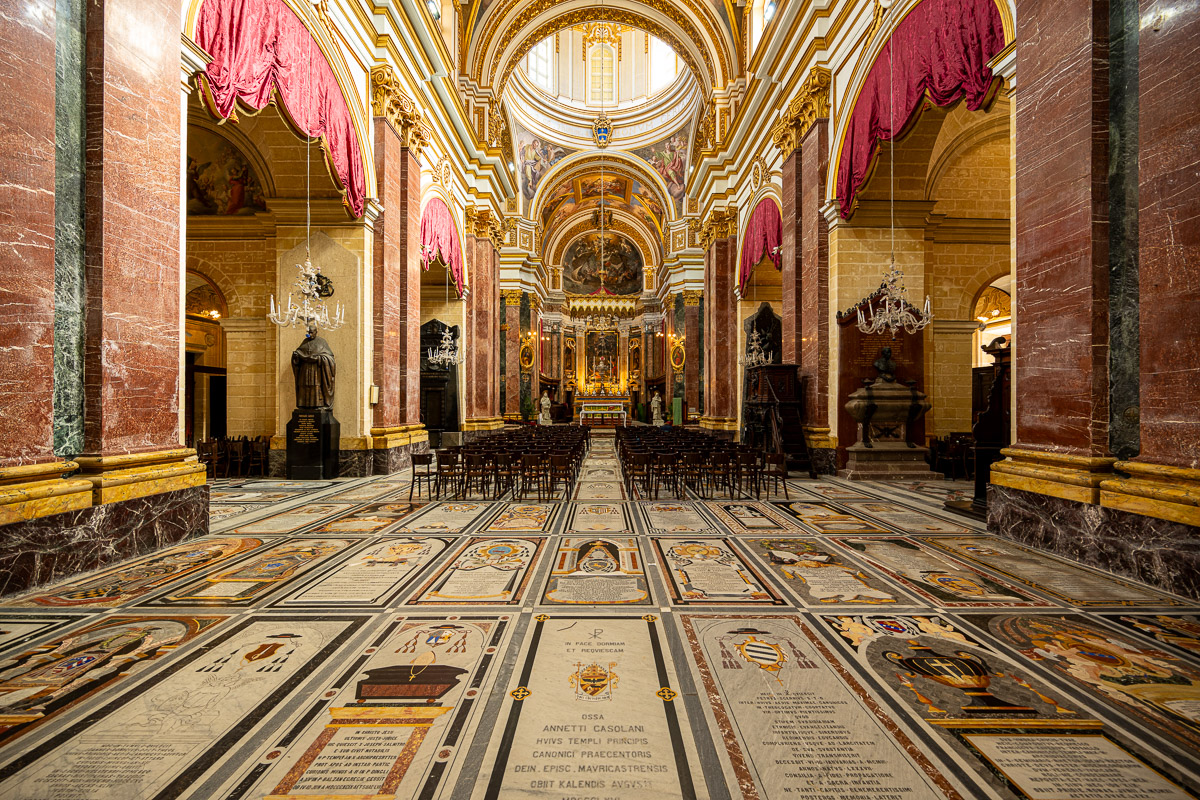
Exaggerated foreground at 14mm to avoid tilting – Cathedral of Mdina, Malta – Photo © Sebastien Desnoulez
Shooting from a high vantage point produces the opposite effect: tilting the camera downward creates a downward perspective, compressing or distorting the upper part of buildings.

Example of downward perspective on Prado Avenue in Havana, Cuba – Photo © Sebastien Desnoulez
Principle and function of a tilt-shift lens
The concept of tilt-shift comes from bellows view cameras, which allowed the lens and film plane to move independently on rails. These adjustments were used to correct perspective and align the focal plane for accurate architectural renderings.
A modern tilt-shift lens enables you to optically shift the lens axis in relation to the sensor. Unlike tilting the camera itself, here the sensor remains perpendicular to the ground, the optical axis stays horizontal, and only the front element of the lens is shifted.
This vertical shift corrects perspective, aligns verticals, and allows you to frame a building without distortion—preserving a true-to-life orthogonal image and eliminating oversized foregrounds.
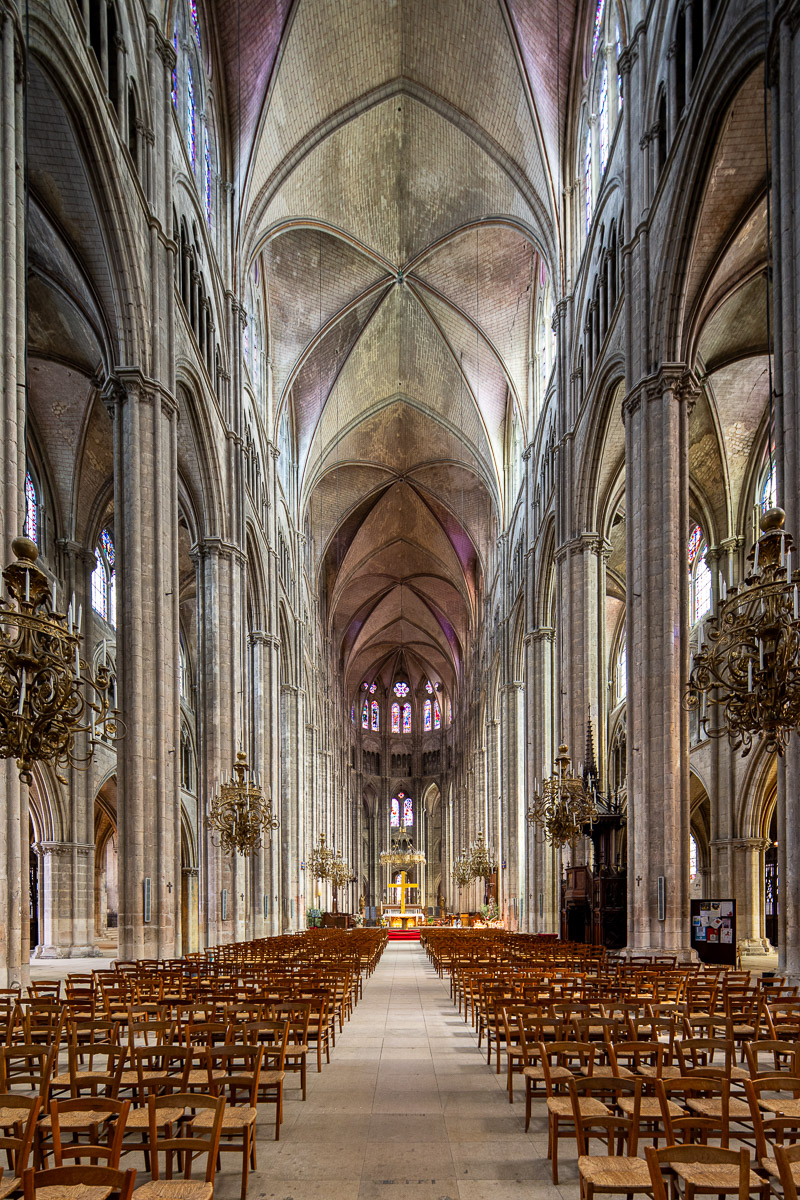
Perspective corrected using a tilt-shift lens – Cathedral of Bourges – Photo © Sebastien Desnoulez
Tilt-shift lenses available from Nikon and Canon
- Nikon F PC-E (Perspective Control – Electronic diaphragm):
- PC-E NIKKOR 19mm f/4E ED
- PC-E NIKKOR 24mm f/3.5D ED
- PC-E Micro NIKKOR 45mm f/2.8D ED
- PC-E Micro NIKKOR 85mm f/2.8D
- Canon EF TS-E (Tilt-Shift – Electronic):
- Canon TS-E 17mm f/4L
- Canon TS-E 24mm f/3.5L II
- Canon TS-E 45mm f/2.8
- Canon TS-E 90mm f/2.8
After using a Nikon PC-E 85mm Macro for still life, then a first-generation Canon TS-E 24mm during travel, I adopted the Canon TS-E 17mm f/4L, mounted on my Nikon Z bodies with a Fringer EF-NZ II adapter. It offers a wider angle than the 19mm PC-E and is more affordable second-hand.
Trained in analog photography, especially through the use of slide film (reversal film), I learned the discipline of precise framing and accurate exposure—both of which were unforgiving with that medium. This “What You See Is What You Get” philosophy continues to guide my current practice.
This is why I use a tilt-shift lens: it allows me to compose precisely in the field, without having to take multiple vertical shots for later stitching. I retain full control over geometry, lighting, and intent at the time of capture, without relying on corrective tools like perspective sliders or HDR merging.
Software-based perspective correction
Programs like Adobe Photoshop, Lightroom, or Capture One can perform software-based perspective corrections by aligning vertical guides with the building’s edges. These tools are effective for minor adjustments, especially when using a moderate focal length from a distance.
However, with ultra-wide-angle images, correction becomes tricky: differences between the top and bottom proportions are extreme and require artificial equalization that can significantly degrade the image. In such cases, it's often necessary to rely on generative AI to rebuild missing portions—like the building top or sky.
Technical and creative advantages
Beyond perspective correction, tilt-shift lenses help preserve image quality across the frame, thanks to their specialized construction for full-frame sensors.
They’re ideal for architectural photography—interior or exterior—heritage documentation, or contemporary design. They offer creative freedom: you can choose to preserve verticals, or exaggerate lines for dynamic perspectives.
Deliberate exaggeration of converging lines
Rules in photography are meant to be broken—as long as you do it consciously!
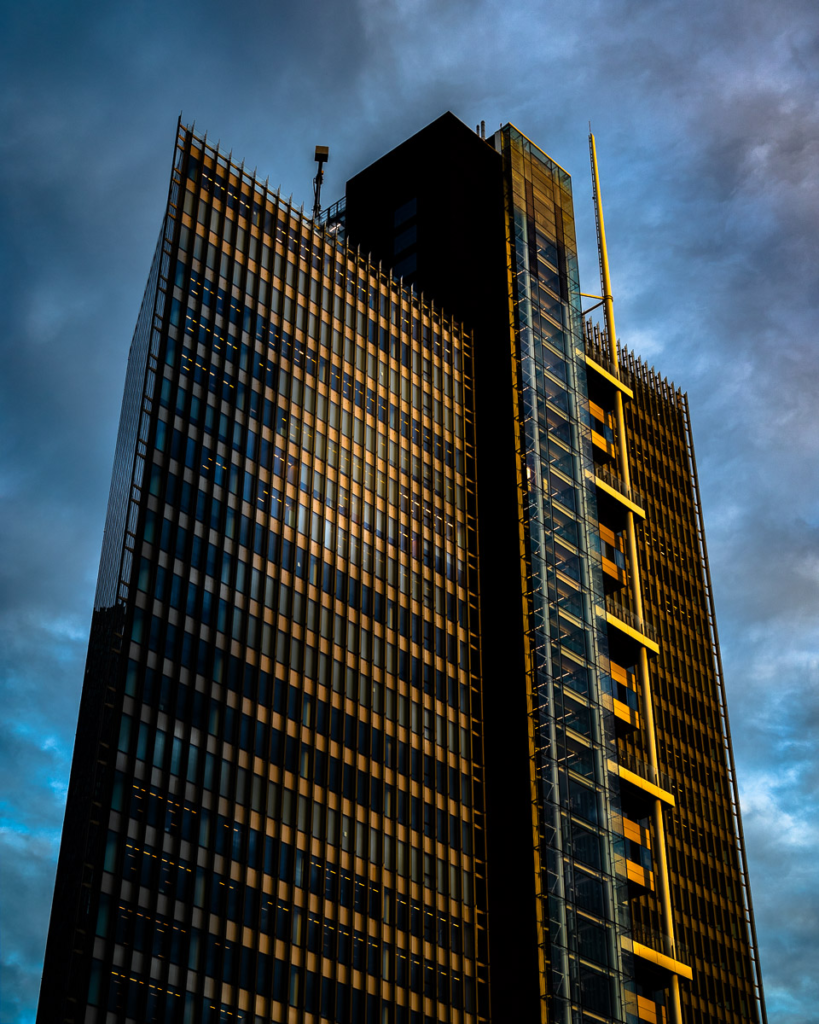

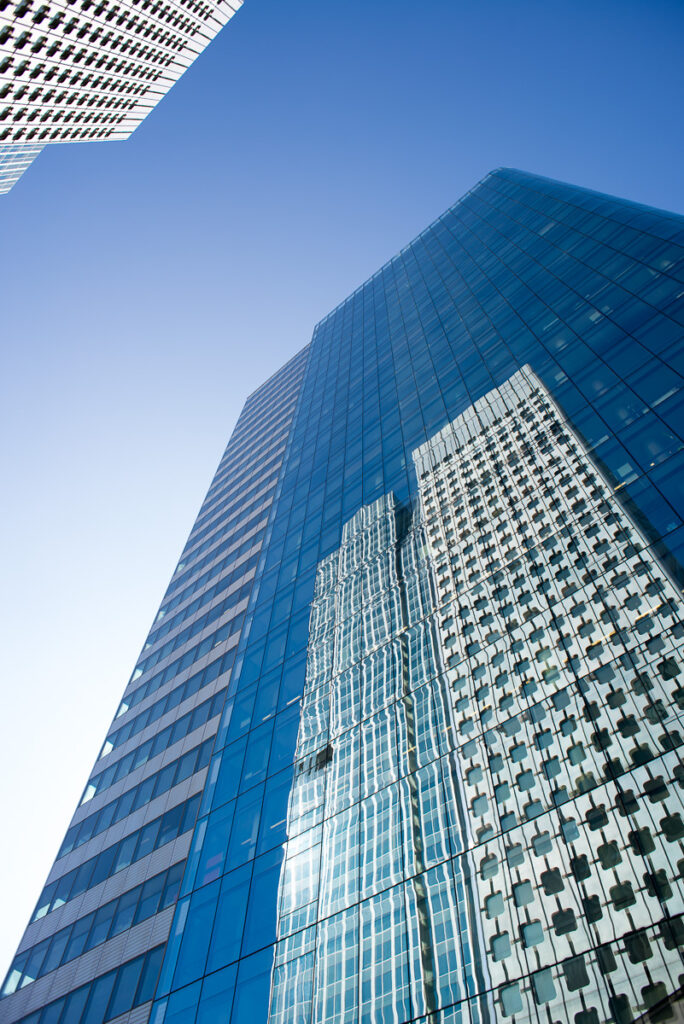
A tool for professional panoramas
A tilt-shift lens is also ideal for shooting panoramas without parallax issues, by shifting the lens horizontally. Stitching these overlapping images results in extremely high-resolution files—perfect for large-format prints.
In conclusion, investing in a tilt-shift lens is a specialist’s choice, but it enables the creation of precise, aesthetic images, perfectly tailored to the demands of architectural photography.
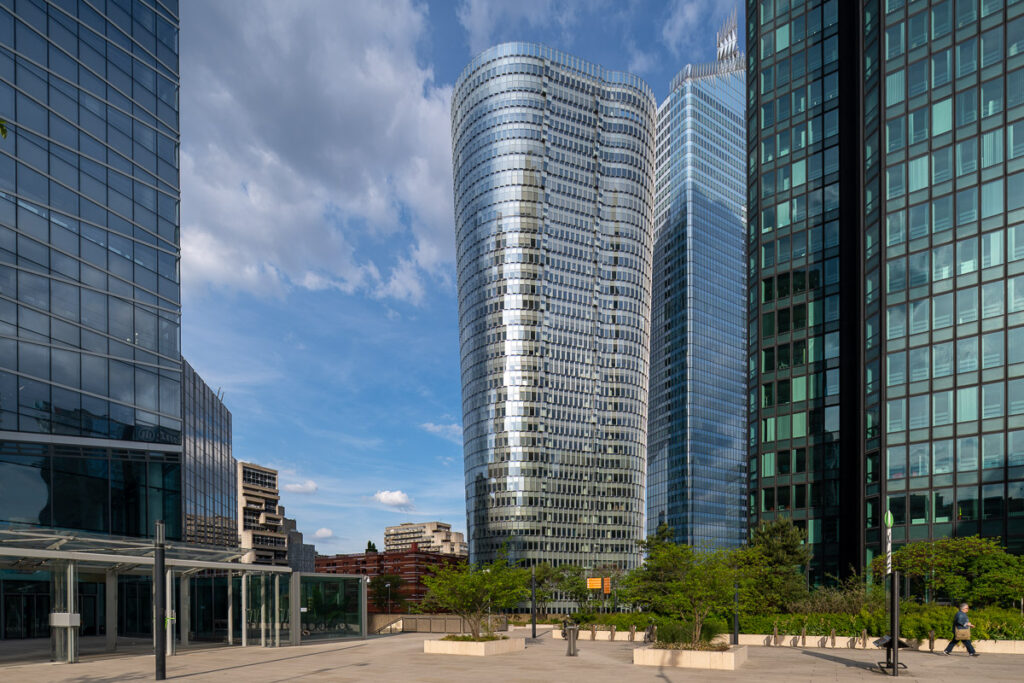
Architectural photography at La Défense – photo: © Sebastien Desnoulez
All the photos displayed on this website are copyright protected © Sebastien Desnoulez. No use allowed without written authorization.
Legal notice
FAQ: tilt shift lenses for architectural photography
What is a tilt shift lens in architectural photography?
A tilt shift lens allows you to shift the optical block relative to the sensor while keeping the camera perfectly level. In practice, this lets you fit an entire building into the frame without tilting the camera, straighten vertical lines and avoid the exaggerated converging lines that usually appear when shooting upwards in tight urban spaces.
Why not just correct perspective in Photoshop or Lightroom?
Software corrections work very well for light adjustments or images shot from a distance with a moderate focal length. As soon as you use a ultra wide angle close to a building, the correction requires heavy deformation, loss of resolution and sometimes generative AI to rebuild missing areas at the top of the frame or in the sky. A tilt shift lens, on the other hand, gives you clean geometry directly at capture, preserving as much optical quality as possible.
Isn’t an ultra wide angle enough for architectural photography?
An ultra wide angle can indeed fit the building into the frame, but often at the cost of a oversized foreground and distortions that make the image harder to read. In demanding architectural photography, the goal is to keep proportions under control and render the subject faithfully. Using shift helps you reach that balance without sacrificing geometry.
Can I use a Nikon PC-E or Canon TS-E tilt shift lens on a Nikon Z mirrorless camera?
Yes, and that is one of the advantages of mirrorless systems. You can mount Nikon PC-E or Canon TS-E lenses on a Nikon Z body using a suitable adapter (for example a Fringer EF-NZ adapter for Canon TS-E lenses). The focal length and optical behaviour remain the same, while you also benefit from modern focusing aids on Nikon Z bodies.
Do I need a tilt shift lens to start with architectural photography?
No, it is not mandatory when you begin. You can already progress with a good rectilinear wide angle and moderate perspective corrections in post. However, as soon as you want to produce rigorous, repeatable images for architects, designers or demanding clients, a tilt shift lens becomes a real working tool, both technical and creative.
What are the main creative advantages of a tilt shift lens?
Beyond perspective correction, a tilt shift lens lets you compose more precisely in the frame, choose how much sky and foreground to include without tilting the camera, and create high resolution panoramas by shifting horizontally. It also gives you the freedom to keep verticals perfectly straight or to deliberately exaggerate converging lines, while staying in full control of your intent at the time of capture.
About the Author
Sebastien Desnoulez is a professional photographer specializing in architecture, landscape and travel photography. Trained in photography since the 1980s, he covered Formula 1 races and reported from around the globe before devoting himself to a more demanding fine art photography practice blending composition, light, and emotion. He shares his technical expertise through hands-on articles for passionate photographers, built on a solid background in film and digital photography.
Tags
I am represented by the gallery
Une image pour rêver
